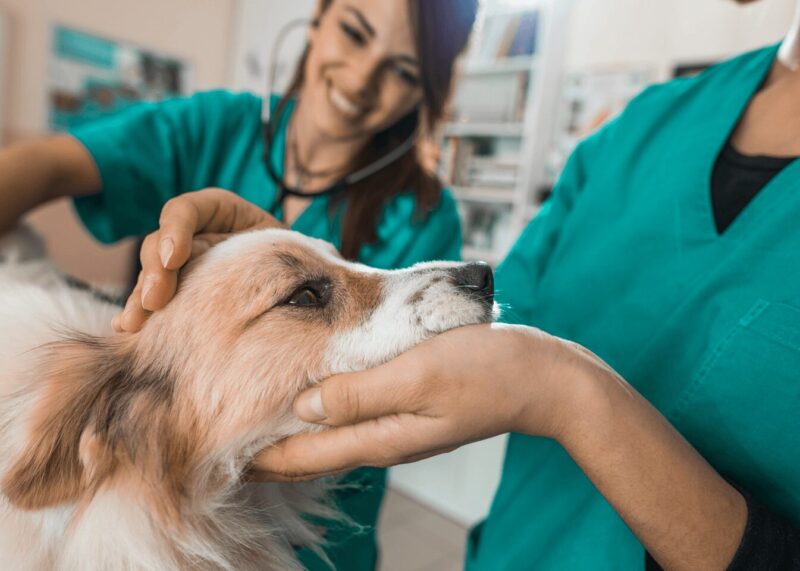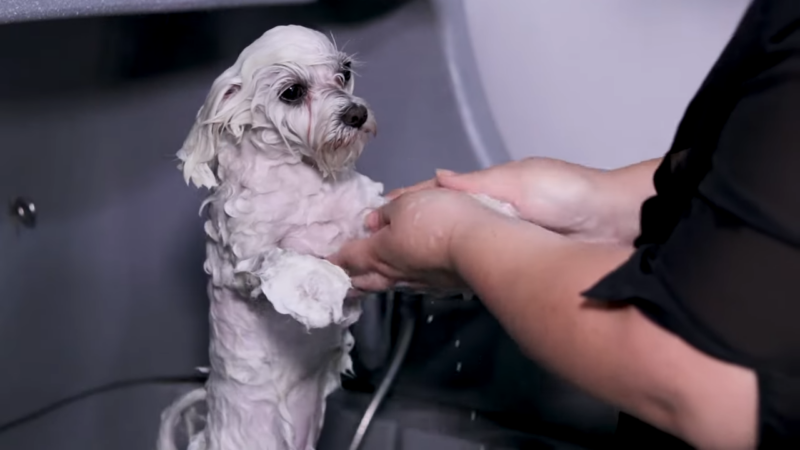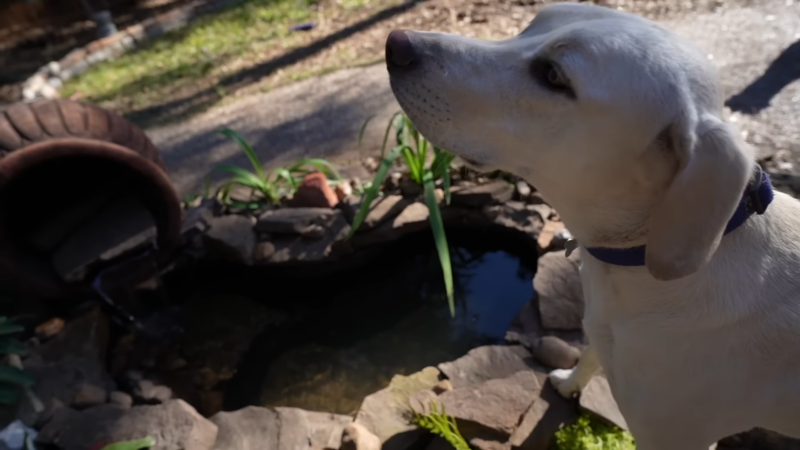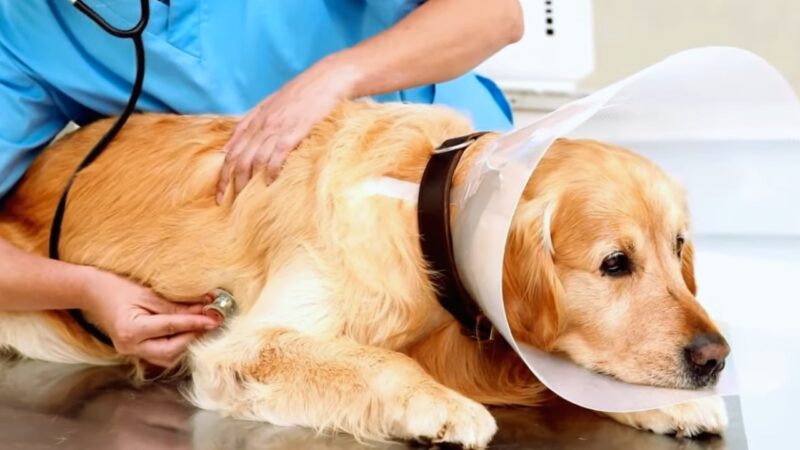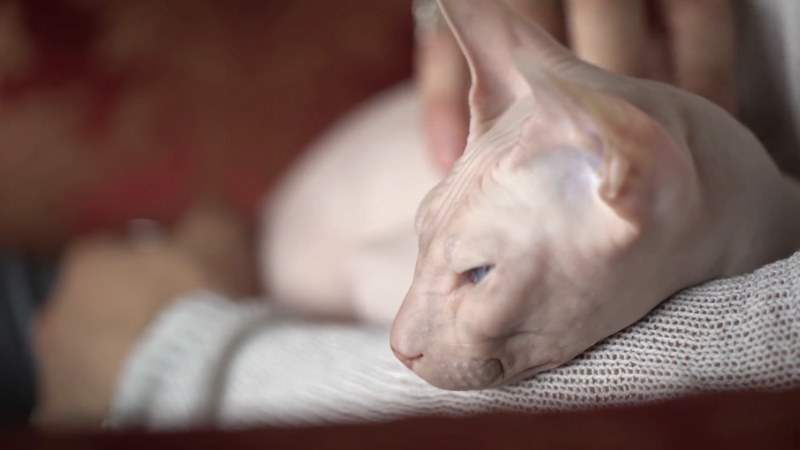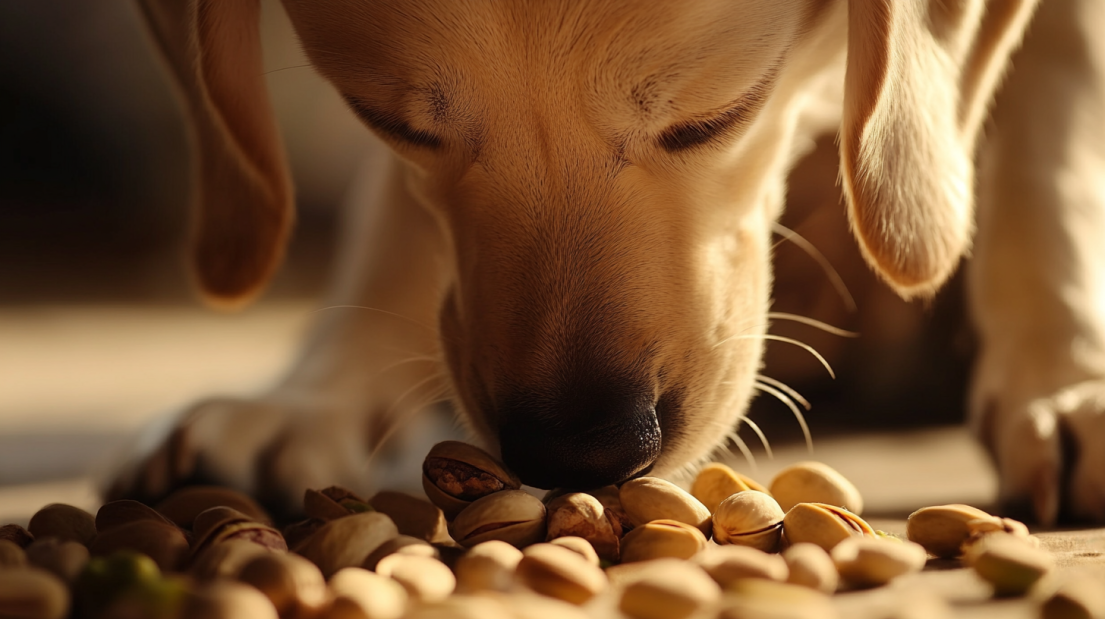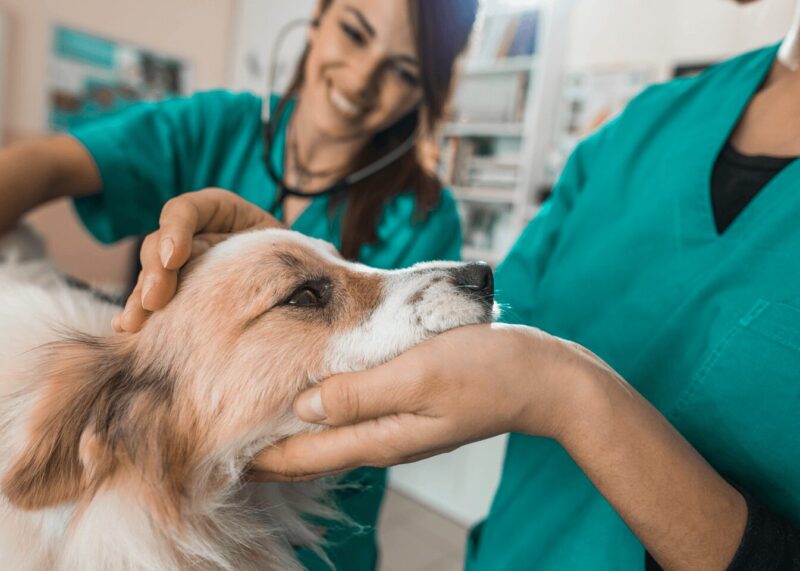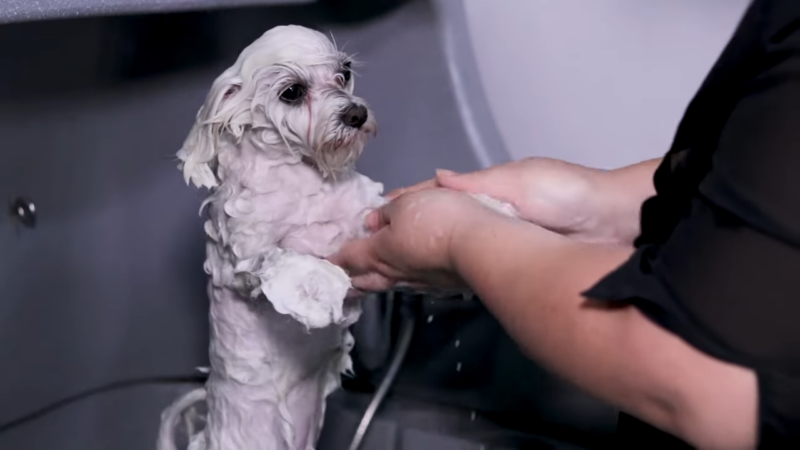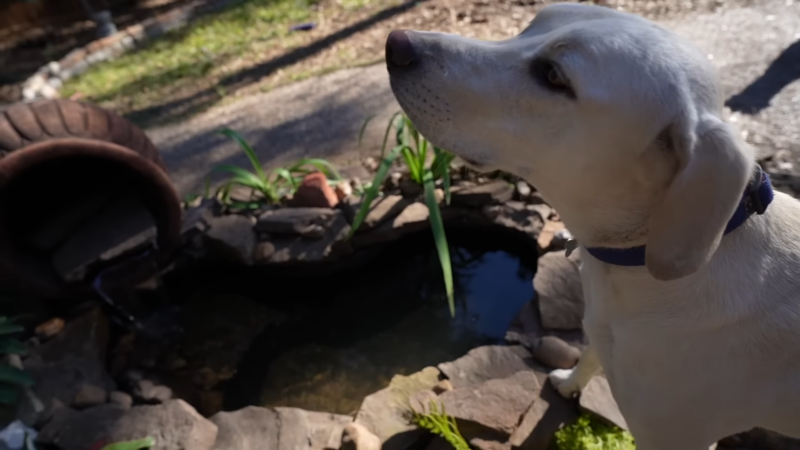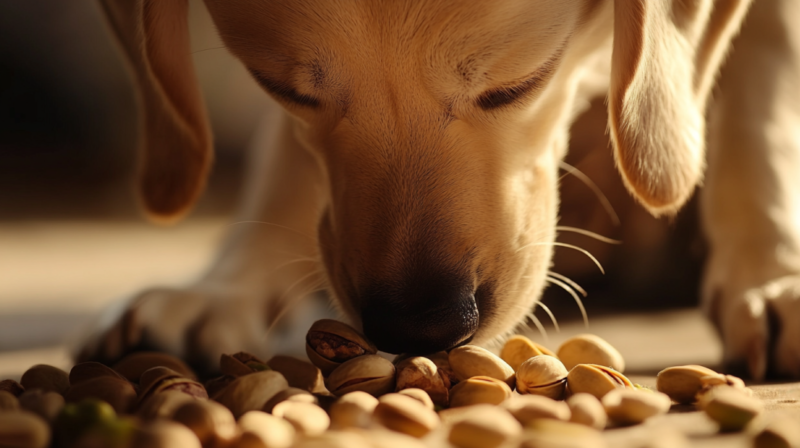
-
Srdjan Ilic
- Published:
- Updated: October 18, 2024
- Category: Dog Specific Care
Share Post:
So, you’re lounging on the couch, enjoying a handful of pistachios, and your furry friend is gazing up at you with those irresistible puppy eyes.
You’ve probably wondered, “Can I share some pistachios with my dog?”
Let’s crack open this topic and explore whether pistachios are a safe snack for your canine companion.
We all love treating our dogs—they’re part of the family, after all. Sharing food feels like a natural way to bond. But when it comes to pistachios, it’s important to understand the potential risks and benefits.
Key Takeaways
Are Pistachios Safe for Dogs?

In moderation, pistachios are not toxic to dogs, but there are several factors to consider before tossing one to your pet.
What the Experts Say
Dr. Jennifer Coates, DVM, advises caution when feeding nuts to dogs. She notes that while pistachios themselves aren’t poisonous, they can pose health risks due to their high-fat content and the potential for mold contamination.
Potential Risks of Feeding Pistachios to Dogs
1. High Fat Content
- Pancreatitis Risk: Pistachios are rich in fats, which can be hard for dogs to digest. Consuming high-fat foods can lead to pancreatitis, a painful and potentially serious inflammation of the pancreas.
- Veterinary Insight: According to Dr. Ernie Ward, DVM, pancreatitis is a common issue in dogs consuming fatty human foods. Symptoms include vomiting, abdominal pain, and lethargy.
2. Risk of Aflatoxin Poisoning
- Mold Contamination: Pistachios can harbor a type of mold called Aspergillus, which produces aflatoxins. These toxins can be harmful to a dog’s liver.Medical Perspective: The Food and Drug Administration (FDA) warns that aflatoxins are toxic to pets, potentially causing liver failure.
3. Choking Hazards and Intestinal Blockages
- Shells Are Dangerous: Pistachio shells are hard and sharp, posing a choking risk or causing intestinal blockages if ingested.Expert Opinion: Dr. Kara M. Burns, MS, MEd, LVT, emphasizes that non-digestible objects like shells can cause gastrointestinal obstructions requiring surgical intervention.
4. Added Salt and Seasonings
- Sodium Concerns: Many pistachios are salted or seasoned with spices that are harmful to dogs.Health Advisory: Excessive salt intake can lead to sodium ion poisoning in dogs, with symptoms such as vomiting, diarrhea, tremors, and seizures.
Possible Symptoms If Your Dog Eats Pistachios
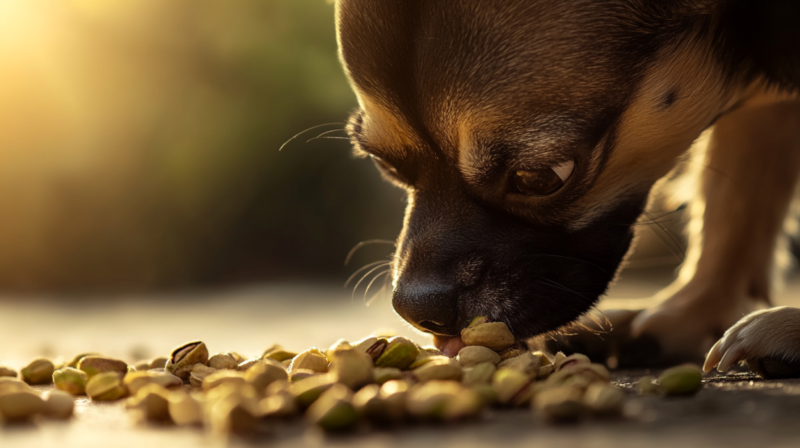
If your dog has consumed pistachios, watch for the following signs:
- Gastrointestinal Issues: Vomiting, diarrhea, abdominal pain.
- Neurological Symptoms: Weakness, lethargy, tremors.
- Behavioral Changes: Loss of appetite, restlessness.
Safe Alternatives to Pistachios
Instead of pistachios, consider these vet-recommended treats:
- Carrot Sticks: Low in calories and good for dental health.
- Apple Slices: Rich in fiber and vitamins (remove seeds and core).
- Blueberries: Packed with antioxidants.
- Commercial Dog Treats: Formulated to meet your dog’s nutritional needs.
Tips for Keeping Your Dog Safe
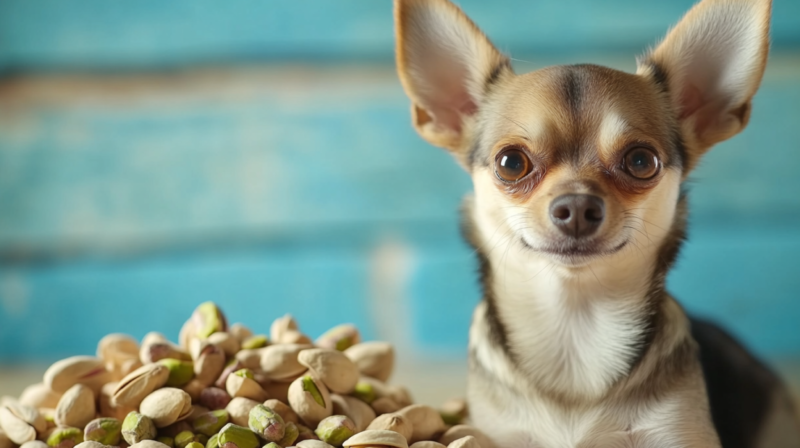
1. Store Nuts Securely
Keep pistachios and other nuts out of your dog’s reach to prevent accidental ingestion.
2. Educate Family Members
Ensure everyone in the household knows not to feed pistachios to the dog, especially children who might share snacks unknowingly.
3. Monitor Your Dog
Be vigilant during gatherings or outings where food is accessible to prevent your dog from scavenging.
When It’s an Emergency
Signs of Pancreatitis
- Severe vomiting
- Hunched posture due to abdominal pain
- Dehydration
- Rapid heart rate
Dealing with Choking or Blockages
- Choking Signs: Pawing at the mouth, difficulty breathing.
- Blockage Symptoms: Constipation, bloating, repeated vomiting.
Your Dog’s Nutritional Needs
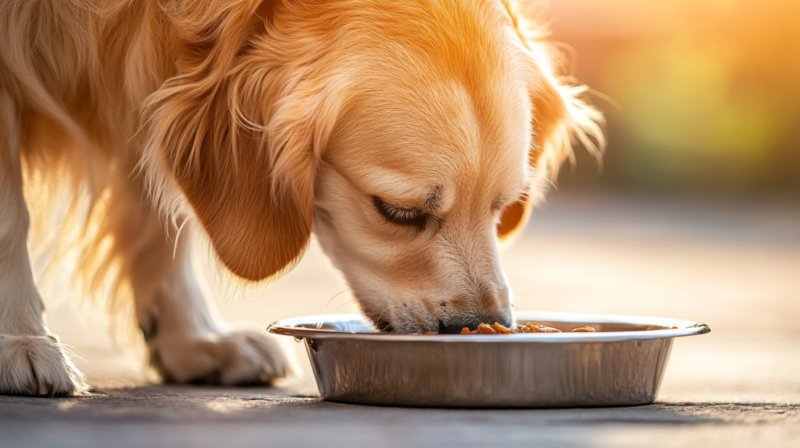
Dogs have different nutritional requirements than humans.
Fat Intake
While fats are essential, they should make up only about 10-15% of a dog’s diet. Excessive fat can lead to obesity and related health issues.
Sodium Levels
Dogs require much less sodium than humans. High-sodium foods can disrupt their electrolyte balance.
Final Thoughts
While sharing a pistachio or two might not cause immediate harm, it’s best to avoid feeding pistachios to your dog due to the potential risks involved.

